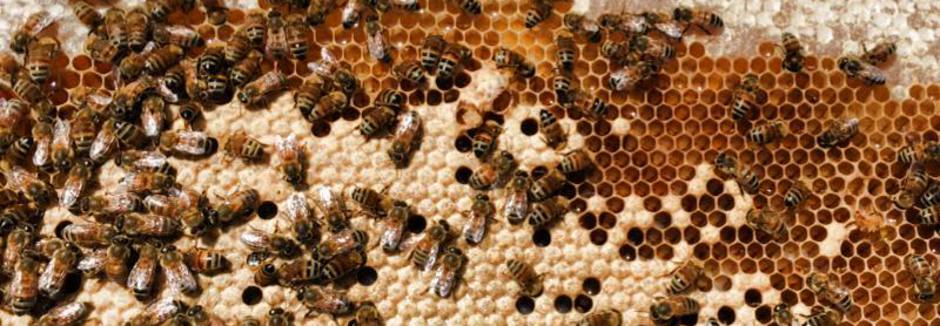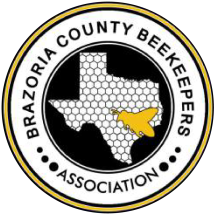
Beekeeping Tips for March
-
If you have ordered package bees or are planning splits, have your equipment built, painted and ready to go.
-
Bees should be quite active. They should be bringing in pollen and searching for nectar on warm days. However, since the honey flow hasnʼt started, bees need to be fed. The expanding population of bees can die of starvation in March!
-
On a calm and mild day (55 F or above), thoroughly inspect and clean your hives:
-
Check food stores.
-
Look for brood and a good brood pattern, which indicates the presence of and the quality of the queen.
-
Look for disease and parasites
-
If needed, scrape and clean the bottom board
-
Remove burr comb and excess propolis on frames and boxes
-
Add new frames to replace old or damaged ones.
-
Clean up any dead colonies.
-
Burn comb, tops, deeps, and bottom boards from any colony that died due to American foulbrood.
-
If the queen is in the top box of a double deep brood hive, reverse the boxes.
-
Remove swarm cells.
-
If the brood nest is congested, prevent swarming by providing plenty of room.
-
Add a super, but be sure to remove any medication before doing so.
-
If you used extender patties, they may be left on the hive.
-
-
Open entrance reducers.
-
Start making splits using the new queens that you ordered last autumn.
-
Combine weak hives.
-
March is the time that you want the most brood being developed. Eggs laid in March produce the bees that bring in nectar next month when the honey flow starts.
-
Follow IPM methods of any treatments than may be needed for pests or diseases.
-
Carefully check stored supers for wax moths. Keep moth crystals in stored supers.
-
Plan to have supers on by early April. Supers that have been stored with moth crystals should be aired for three days to one week before installing to eliminate the paradicholorobenzene odor.

